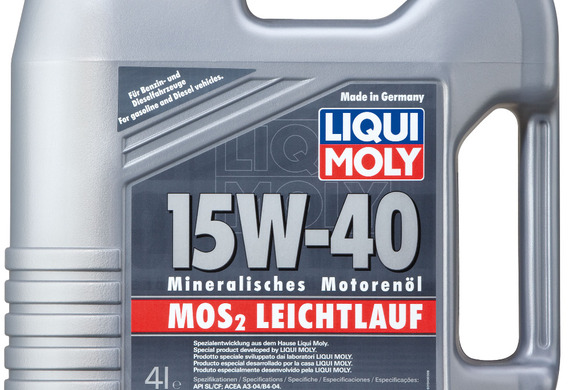
Mineral oil is made of fuel oil. Oil is the oil product remaining after the oil refining and the allocation of gasoline, kerosene, diesel fuel, i.e. light fractions.
The production of mineral motor oil occurs in five stages.
- Homogeneity of fuel oil.
- Depastisation (technical oils only).
- Selective treatment of sulphur and other harmful elements.
- Cleaning from the paraffin.
- Mixing.
In the first phase, the raw materials are divided into a number of homogeneous fractions, referred to as base oils or foundations. This process is taking place in vacuum tubes.
Technical details: The process of preparing distilling (clean) raw materials is a physical process. The warmer raw material enters the vacuum column, it is divided into more narrow fractions, then the pump is pumpked.
Stage two. After the base oils have been allocated, which will be used for the preparation of the oils for passenger cars, the hudron remains. Gudron also has useful properties and is used for the production of oil for ships, steam engines and engines of heavy military equipment.
During the third stage, the base oils are used in the WOM (the selective cleaning of oils). There is a physical process of cleaning the basic oils from harmful hydrocarbons, sulphur and other unnecessary elements.
The fourth phase is the continuation of the cleaning-the base oils are cleared of paraffin. Cleaning is taking place on a separate complex, a set of deparfinization units.
In the final fifth phase, the process of blending the oil pits and additives is taking place. Mixing happens at the installation of the Blanding (compounding). Reciprocal oils are developed in scientific institutes and laboratories. The result of the blanding is the finished product-commercial oil.







